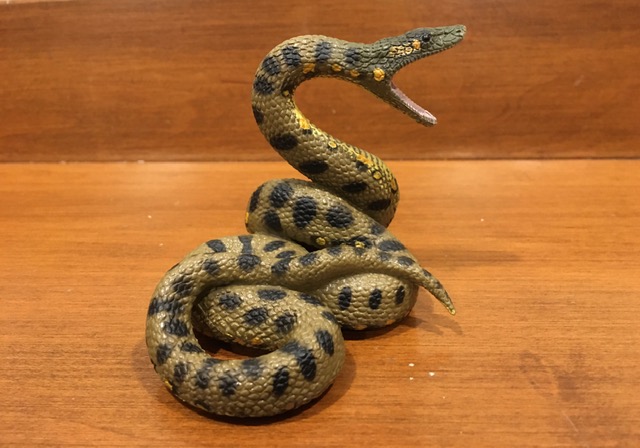
Review and photographs by Suspsy; edited by bmathison1972
The green anaconda (also known as the common anaconda, Eunectes murinus) is the world’s heaviest snake, and second only to the reticulated python in length. Females, which grow far larger than males, can be at least 17 feet (5.2 metres) long and weigh 215 lbs (97.5 kg).
Read more
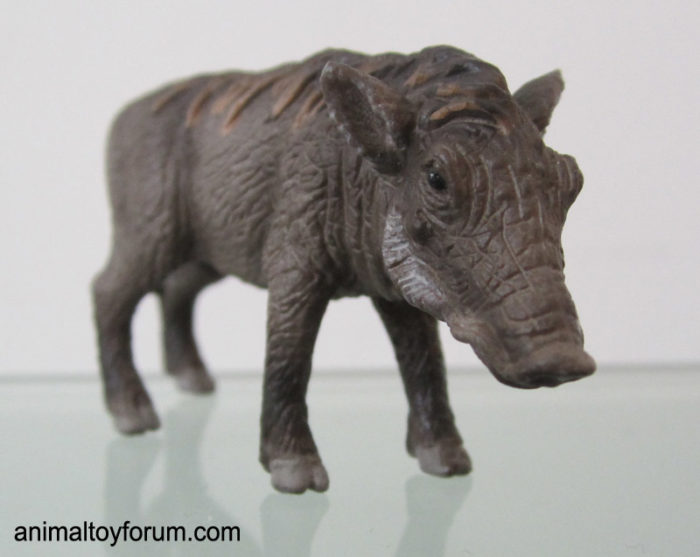
The warthog, Phacochoerus africanus, or the common warthog to use its full vernacular name, is a wild member of the Suidae or pig family. There are four subspecies in the genus, each occupying a slightly different range within in central Africa. Schleich have made several figures of this animal, two boars (an early release and a later version), one sow, and a piglet, but I’m not looking at the whole family today – just the warthog piglet.
Read more
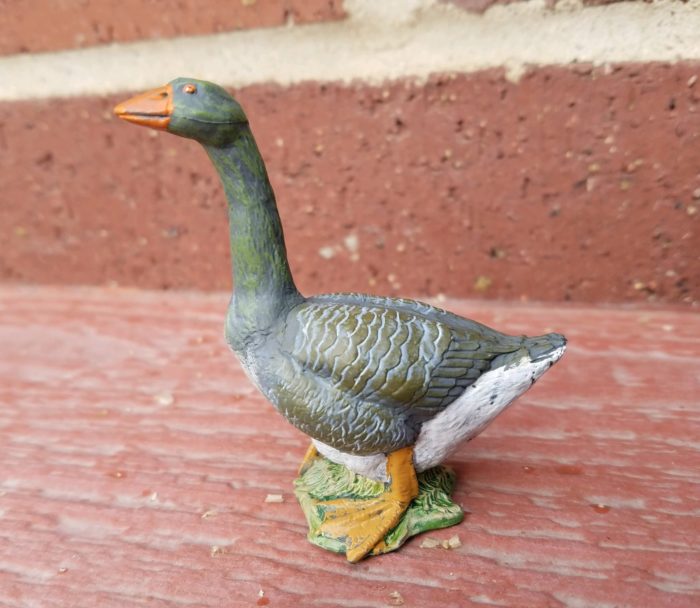
On Thanksgiving I presented a turkey for the Blog, so it makes sense on Christmas I would present a goose, a bird traditionally served on this holiday. Depending on the location or culture, three are several traditional Christmas ‘meats’. In my household growing up we ate beef, and when I lived in the Czech Republic for grad school, carp was the traditional Christmas meal.
Read more
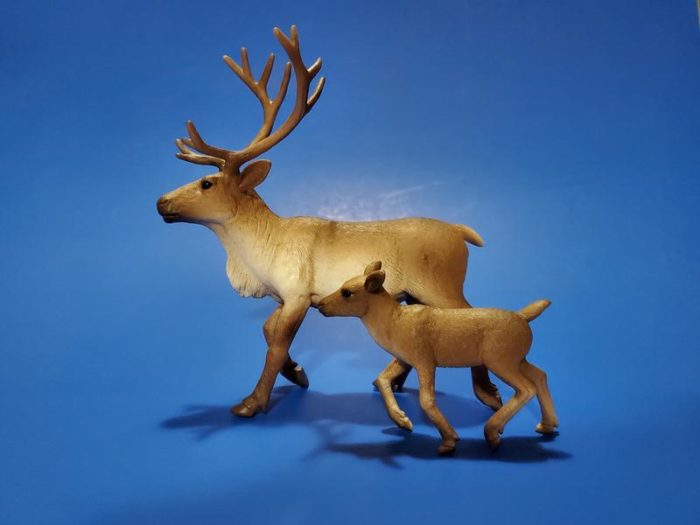
Review and photos by Saarlooswolfhound; edited by bmathison1972
The Mojo Fun reindeer adult and calf, numbers #387186 and #387188 respectively, were released as new products in 2019. They are included in Mojo Fun’s Wildlife range of models. The adult measures at about L-13 W-7 H-13 cm and the calf is L-9 W-2 H-6 cm.
Read more
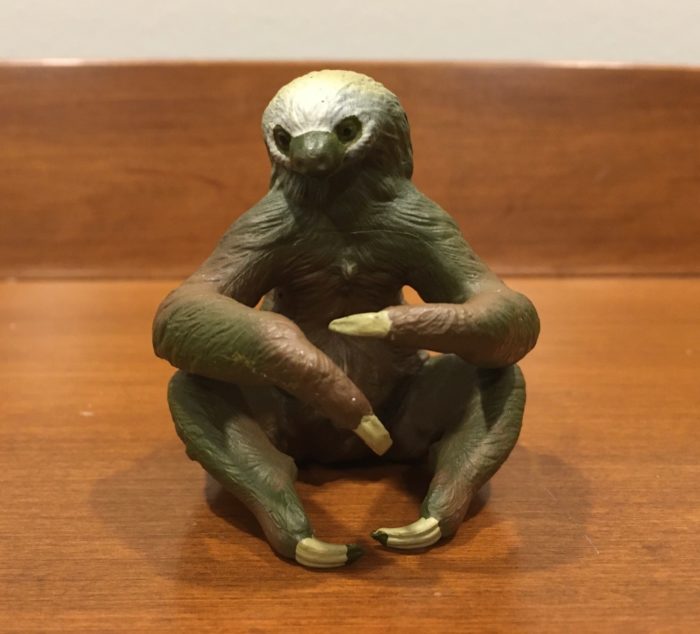
Review and photographs by Suspsy; edited by bmathison1972
The word “sloth” means slowness, laziness, indolence, or a habitual disinclination to exertion, and looking at the arboreal South American mammals called sloths, one might think that they fit their name to a tee. But while sloths are indeed slow-moving, they are not at all lazy.
Read more
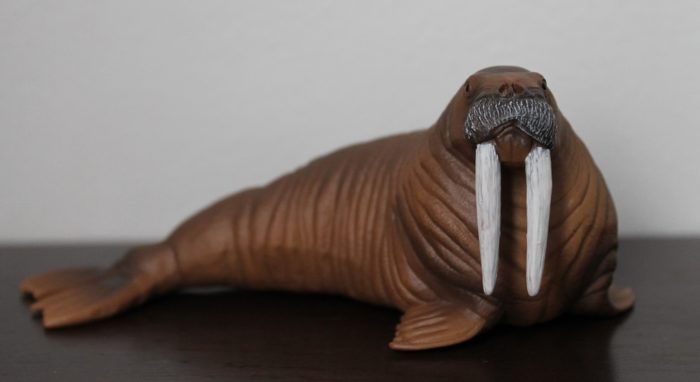
It’s the holiday season and what better way to celebrate on the ATB than by looking at one of the North Pole’s most recognizable animals? The walrus (Odobenus rosmarus) occurs throughout the arctic and sub-arctic seas where they’re divided into two sub-species, the Atlantic walrus (O.
Read more
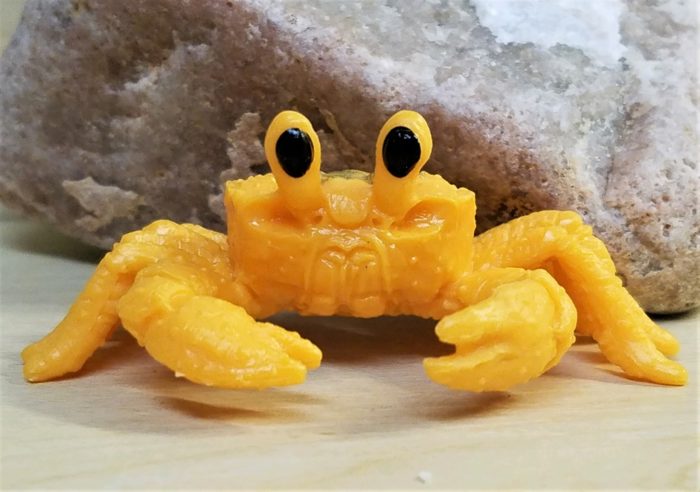
I was debating on whether or not to post before Christmas, but I got a cool new figure in the mail today, so I said, let’s do it! So today I am reviewing another Yowie figure for the Blog. This time it is the golden ghost crab, Ocypode convexa, from the recently-released series, Colors of the Animal Kingdom.
Read more
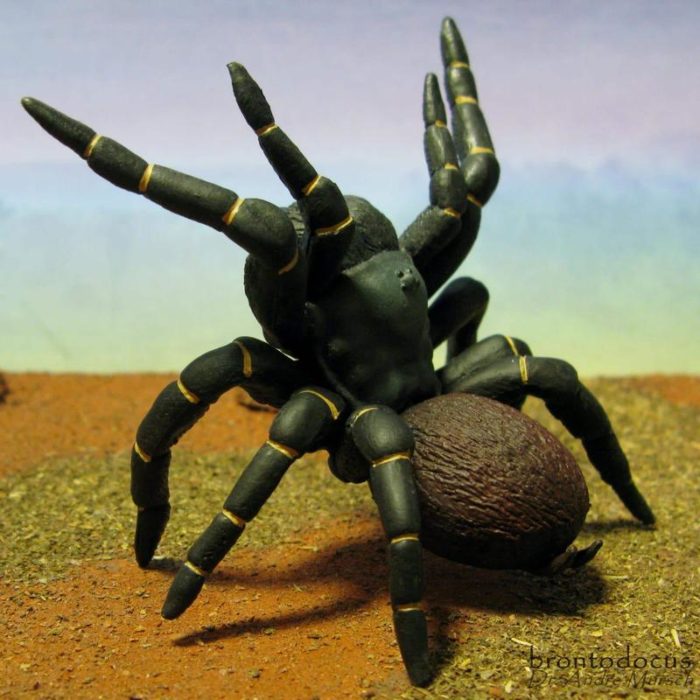
Bullyland’s Animal World figure of the intimidating Sydney Funnel-web Spider Atrax robustus O.P. Cambridge, 1877. Length excluding chelicerae is 69 mm, so the scale is approx. 1:0.4 – 1:0.6. This is considered the most venomous spider on Earth.
Read more

Review and photographs by Isidro; edited by bmathison1972
Editor’s note: It gives me great pleasure to present the 100th post on the Animal Toy Blog! And our first by forum member, Isidro! Double congratulations!
Here’s the review of the CBIOV takin (Budorcas taxicolor). CBIOV is not a big brand and as far as I know it only produced two species in figure form: the takin and the finless porpoise.
Read more
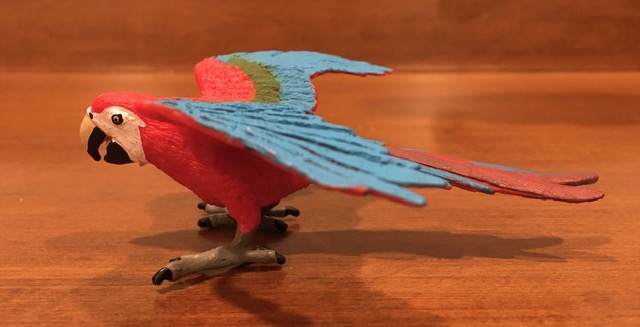
Reviews and photographs by Suspsy; edited by bmathison1972
Parrots are found across the globe in a wide variety of sizes and vivid colours, but the ones people tend to think of the most are the macaws of South America. Not only are they arguably the most beautiful members of their family, they have also gained a reputation as the faithful talking pets of pirates and sailors and sorcerers in film and literature.
Read more
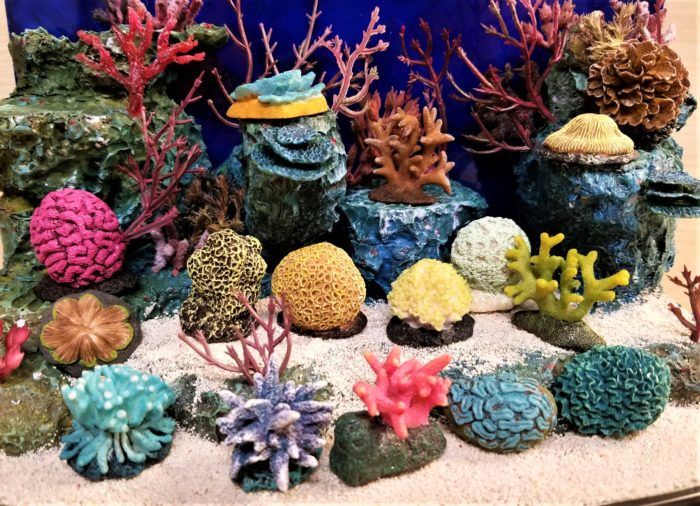
Review of the complete set of the Corals in Colour produced by Yujin in 2005. The set consists of 16 small figures representing primarily stony corals; however it also includes two species hydrozoans that morphologically similar to hard corals. The figures are quite small, being on average 2.5 cm between their greatest points.
Read more
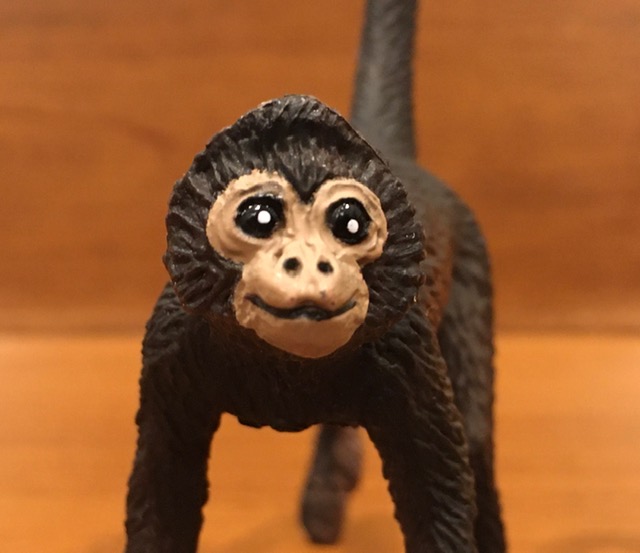
Review and photographs by Suspsy; edited by bmathison1972
Spider monkeys, which belong to the genus Ateles, live in the jungles of Central and South America. They derive their popular name from their long, spindly limbs and prehensile tail. Such adaptations make them superbly agile climbers despite their relatively large size.
Read more















